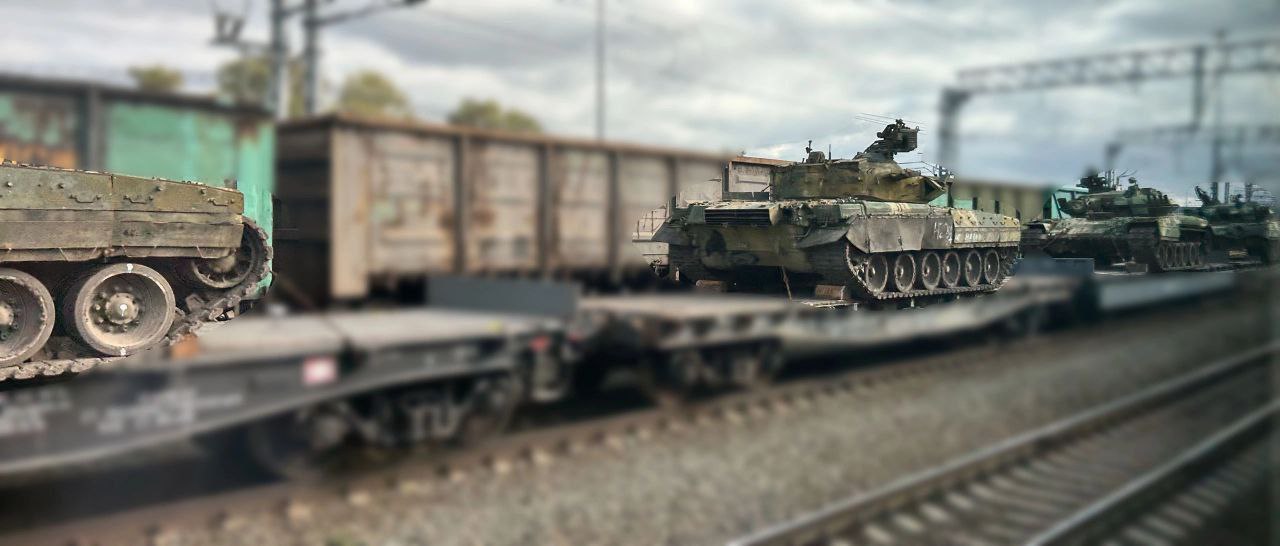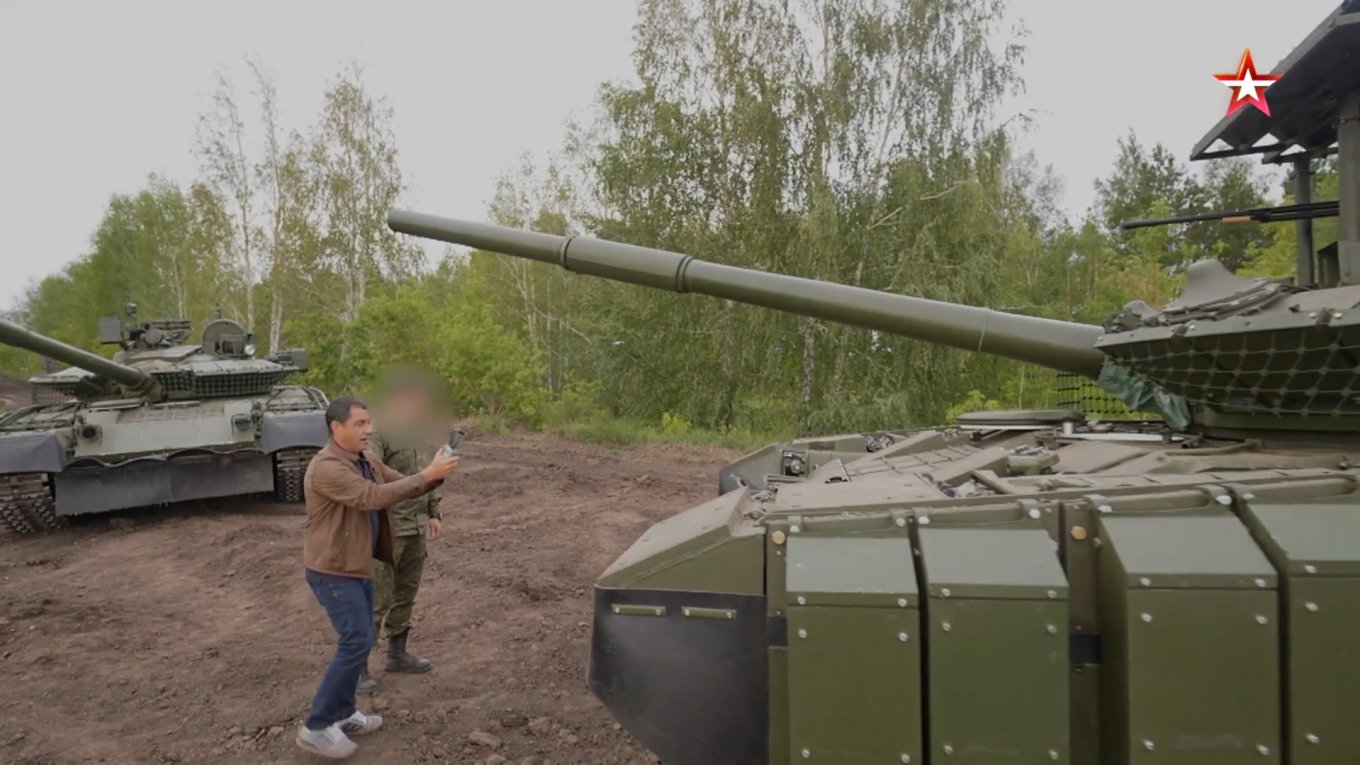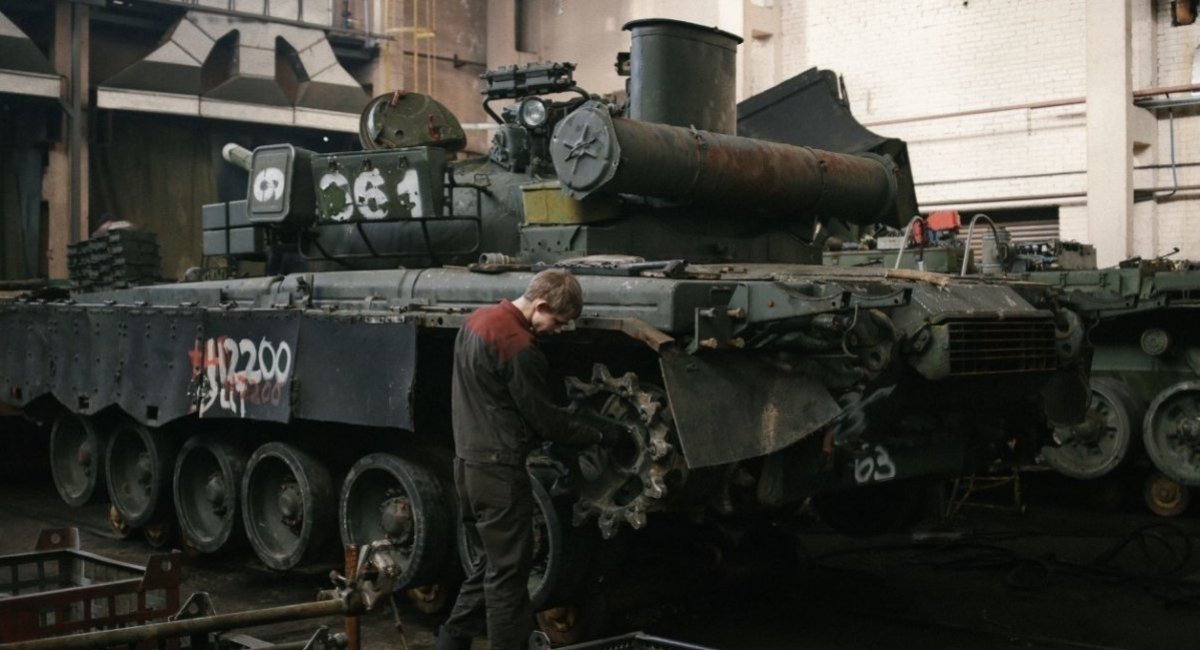Two OSINT researchers, Covert Cabal and HighMarsed, found out that the number of operational T-80 main battle tanks at storage bases in russia has decreased from 1,200 down to 300 vehicles in the category of equipment in "good" condition.
The experts say, at this rate, russia may run out of T-80 family tanks at the storage bases approximately by mid-2026, but that doesn't mean these tanks will disappear from the battlefield "right away," they will simply use them much less often. Moreover, the russian military industry has by now cranked up repairs and modernization of the aging MBTs to the newer T-80BVM type, so the real impact of dwindling tank resources might transpire a few months past they have run out of T-80s completely.
Read more: 4000 Tanks, 1000 MT-LB Vehicles russia May Still Have to Continue War Against Ukraine
The authors of these estimates draw the following conclusion: once the T-80 stocks are exhausted, the russians will have to rely on the more mass-available and older T-55/T-62 tanks, and the few T-90s they can produce. However, Defense Express would like to raise a broader question: what important insights does this analysis offer to the war assessment in general?
To begin with, we should pay attention to this: the thesis itself, that russia won't run out of T-80s, not a particularly mass-produced type of tanks, no earlier than the middle of 2026, indicates that the overall stockpile of weapons in the warehouses of the russian army may be larger than it takes to keep up with 2–3 more years of hostilities at the current intensity.

In turn, the very fact such evaluation surveys are conducted based on open-source data by essentially anonymous OSINT-ers may also indicate that high-ranking officials of Western countries may not have relevant assessments on russia's strength margin in the current war against Ukraine. Equally possible, such evaluation exist but the comprehensiveness raises reasonable doubts.
Now, let's pay attention to one more implicit nuance: it seems that the Covert Cabal and HighMarsed researchers themselves build their assessment in spite of the data gap regarding russian armor repair plants, in particular, there's no information about how many tanks there may be in the queue for repair or modernization. This is another lacuna missing crucial relevant data, and the independent researchers could not get the necessary info on their own. Which in turn leads to the conclusion that the russians have properly established a counterintelligence regime at their armor repair facilities.

Lastly, one more thing to pay attention to. The OSINT analysts in their calculations operated with data on the most widely used types of russian tanks, such as the T-80, T-90 or T-55/T-62, yet for some reason this and all similar calculations tend to overlook less common types of combat vehicles, like T-64, for example.
In other words, the presented estimates telling that russians won't run out of the T-80s in storage until 2026 are not as much of a countdown of russian overall war potential in the perspective of its "length" as it is a metaphorical signpost showing the direction to which "depth" any further investigations should be trying to dig moving forward, in order to improve quantitative measurements of the russian weapon stockpiles.
Defense Express earlier covered one of the previous research efforts by HighMarsed, one of the authors. The study also covered available russian resources at distant storage bases deep in russia, as of February 2024.

Read more: Strela-10M4 Was Supposed to Become the Anti-Drone Weapon russia Was Seeking, Now Needs Extra Protection Against FPV Drones














